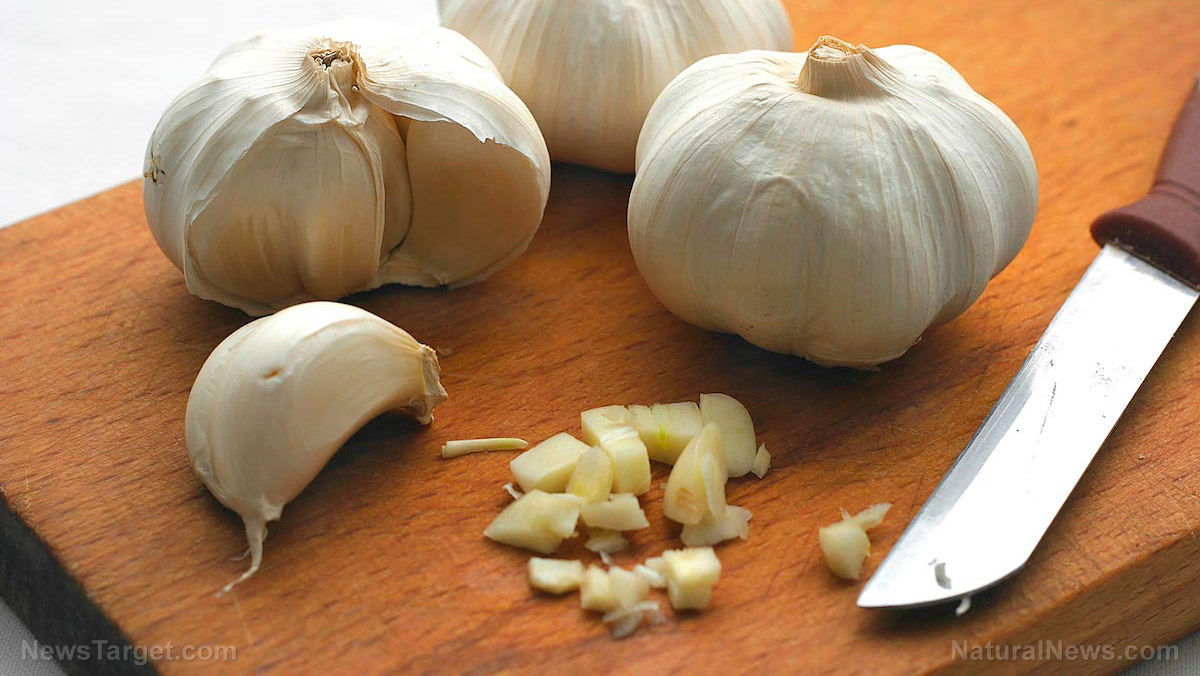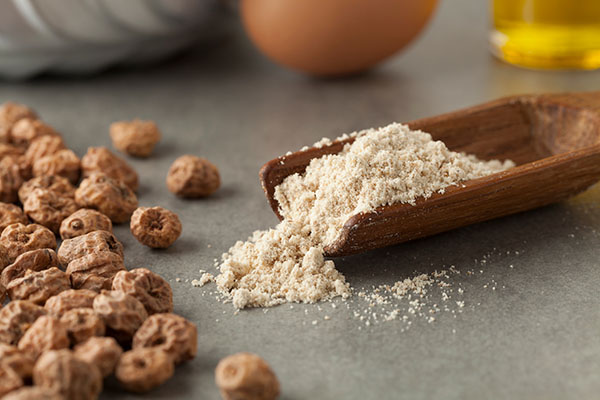
Advertisement
Garlic is a staple in every beginner and experienced home cook’s kitchen. But did you know that storing garlic properly can make it last for weeks and even months?
Choose your garlic carefully
There are at least 11 types of garlic, all with different colors, flavors and sizes. The most commonly used types include black, creole, hardneck and softneck. Softneck is the most common type of garlic you can find in grocery stores.
The “neck” refers to the stalk that grows upward from the garlic bulb. Hardnecks have a stalk that stems from the center of the bulb and turns rigid with maturity. While they tend to form fewer cloves per bulb than softneck varieties, hardnecks are usually a bit larger than the latter.
Only hardneck garlic produces a garlic scape. This edible flower stem is a delicacy and can be pickled or added to dishes for a “mild peppery flavor.”
On the other hand, softneck stalks are made up of leaves instead of a central stalk. Softneck leaves remain soft and flexible despite maturity. They don’t form scapes and usually contain several small cloves per bulb. Overall, hardnecks have more complex flavors than softneck varieties. When buying garlic bulbs, choose those that are fragrant with firm cloves. Avoid garlic bulbs with dark and rotted areas, dry skin or sprouting.
Different ways to store fresh garlic
Storing garlic properly can make it last for several months.
Store garlic at room temperature
Did you know that keeping the entire garlic bulb whole is the best way to store fresh garlic? Breaking a bulb significantly decreases its life span. On average, a broken garlic head only lasts for about 10 days.
You can store fresh garlic at room temperature in mesh bags. Keep fresh garlic in dry, dark places. The ideal temperature for storing garlic is 60 to 65 F (15 to 18 C) with mild humidity.
Store garlic in the refrigerator
You can also store garlic in the crisper drawer of your fridge. Just keep in mind that cold garlic will start sprouting after several days once you take it out of the refrigerator!
While sprouted garlic is edible, it’s not ideal because it will taste more bitter than fresh garlic. When refrigerating garlic, make sure you keep it in the fridge until you’re ready to cook with it.
You can also refrigerate leftover peeled or chopped garlic in an airtight container for up to two weeks.
Store garlic in the freezer
Lastly, you can keep garlic in the freezer. This might depend on who’s tasting your dish, but some say that frozen garlic doesn’t taste as good as fresh garlic. When storing garlic in the freezer, peel the cloves, mince the garlic, then add a bit of water or broth. Freeze the garlic in ice cube trays. Store garlic ice cubes in an airtight container in the freezer. They will last for about one month without losing flavor!
Other ways to extend the lifespan of garlic
You need to store garlic properly to maintain its flavor and maximize its lifespan. Below are three more methods to try if you don’t want to simply refrigerate or freeze garlic.
Roast garlic
Roasting garlic allows you to store it in the freezer indefinitely. You can use roasted garlic similarly to how you would use fresh garlic.
To roast garlic, grease a baking dish with olive oil and cook the bulbs in the oven at 350 F (175 C) for about 45 minutes. Once cooked, cut the tips of the bulbs and cloves and squeeze the soft garlic out. Store the roasted garlic in an airtight freezer container.
You can refrigerate roasted garlic for at least one week or you can freeze it indefinitely. Roasting garlic in oil prevents the garlic from fully freezing, and this makes it easier to use when cooking.
Pickle garlic
To pickle garlic, follow the same process for pickling other vegetables. You’ll need three jars, salt, vinegar and garlic. Pickling garlic involves more work than simply refrigerating it, but this method helps increase its life span for at least several months!
Pickling tones down the flavor of garlic, but the final product is an amazing addition to various dishes like hummus, salads or stir-fries.
Ingredients for 18 servings:
- 4 cups of vinegar
- 6 cups of water
- 1/2 cup of salt
- 3 pounds of fresh garlic, peeled
- 3 teaspoons of dill seeds
Preparation:
- Begin the hot water bath as you prepare the boiling liquid and pack the jars.
- Rinse the garlic if necessary. Place the garlic cloves in clean, sterilized jars. Add one teaspoon of dill seeds to each of the three jars.
- Combine the vinegar, water and salt, then bring to a boil.
- Pour the liquid mixture into the jars and wipe the rims clean. Place the hot, sterile lids on the jars and tighten the bands.
- Process the jars in a boiling water bath for at least ten minutes. Remove from the water bath and place on a towel on the countertop. Set them aside and let them cool overnight.
- Store the pickled garlic for at least 21 days.
- Before opening, refrigerate pickled garlic for 24 hours to enhance flavor.
Dehydrate garlic
If pickled garlic doesn’t sound good to you, try dehydrating it! To dehydrate garlic, peel the cloves and cut the garlic into thin slices. It’s best to use a food dehydrator, but if you don’t have one, an oven will work just fine.
Place the garlic slices onto a baking sheet and cook them in the oven at 115 F (45 C) for at least 30 minutes. Once the garlic slices are crisp, store them in an airtight container at room temperature. Dehydrated garlic will last for several months.
Add dehydrated garlic slices to oil to make a tasty garlic-flavored oil that’s perfect for dressing salads or other savory dishes. Refrigerated garlic-flavored oil can last for up to three weeks.
Never put fresh, uncooked garlic in oil. This will create an environment that a type of bacteria called Clostridium botulinum will thrive in. C. botulinum causes botulism, a rare but severe condition that attacks the body’s nerves.
Garlic is a delicious ingredient that gives many dishes an incredible flavor boost. To store garlic and extend its lifespan, try freezing, roasting or pickling it. But if you want to keep things simple, store fresh garlic in a cool, dry place in your kitchen.
Sources:
Advertisements







